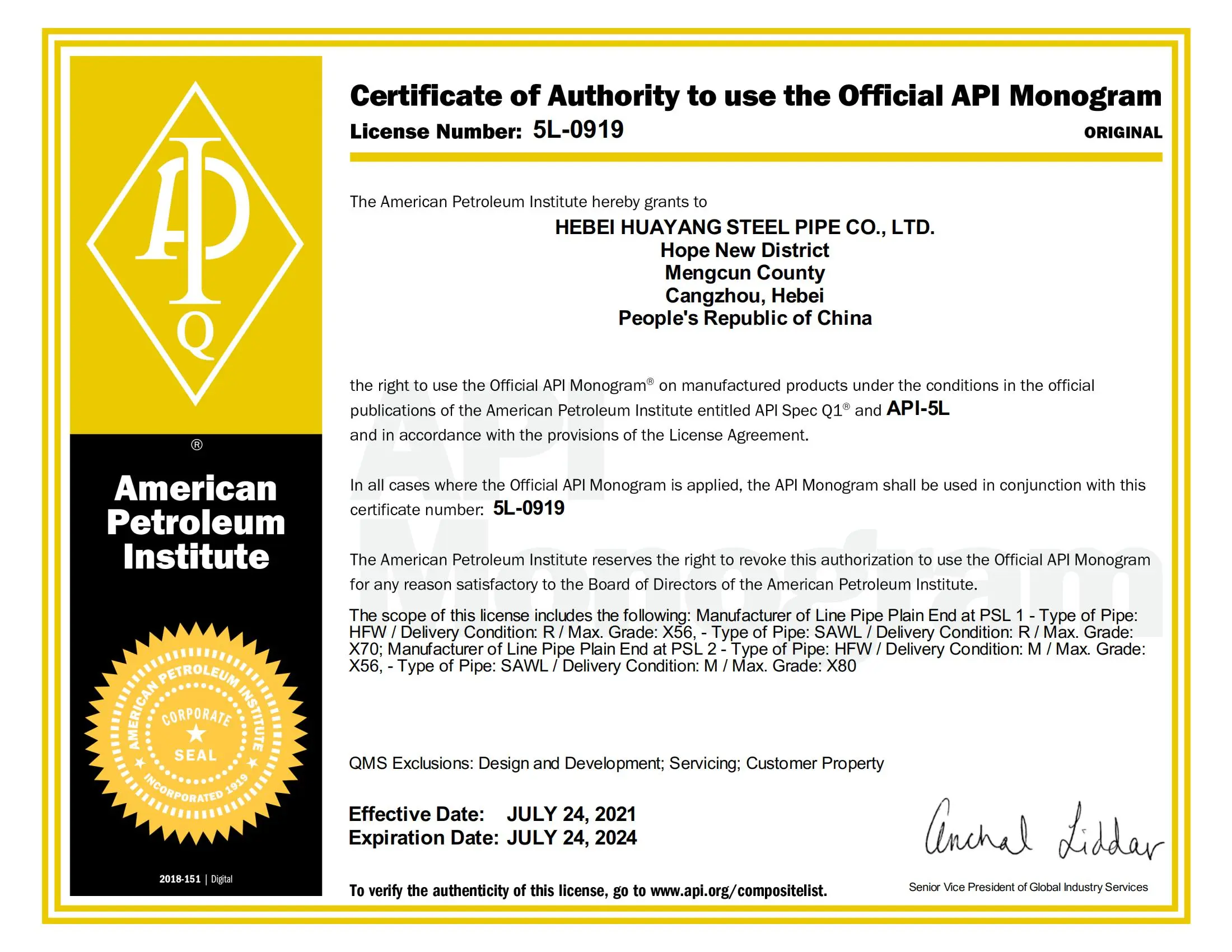
Dec . 26, 2024 02:04 Back to list
Manufacturing Process of Redispersible Polymer Powder for Enhanced Performance Applications
The Manufacturing Process of Redispersible Polymer Powder
Redispersible polymer powders (RDPs) are versatile additives widely used in various applications, such as construction, adhesives, paints, and coatings. These powders, produced through emulsion polymerization, are valued for their ability to improve the performance of dry mix formulations by enhancing properties like adhesion, flexibility, and water resistance. Understanding the manufacturing process of RDPs is essential for optimizing their performance and applications. This article discusses the key steps involved in the production of redispersible polymer powder.
1. Emulsion Polymerization
The journey of redispersible polymer powder begins with emulsion polymerization, a process that combines monomers and water in the presence of surfactants to create a stable dispersion of polymer particles. The initial step involves selecting appropriate monomers, which may include styrene, acrylics, or vinyl esters, depending on the desired properties of the final product.
In this process, the monomers are mixed with water and emulsifiers, which help to stabilize small droplets of the monomers suspended in the water phase. Initiators, such as potassium persulfate or ammonium persulfate, are then added to initiate the polymerization reaction. The temperature and pH of the reaction are carefully controlled to ensure uniform polymerization and to achieve the desired molecular weight and properties of the polymer.
As the reaction progresses, monomer droplets begin to polymerize, forming small polymer particles within the aqueous phase. These particles continue to grow as more monomers incorporate into their structure. Once the polymerization is complete, the emulsion contains numerous small polymer particles dispersed uniformly in the water.
2. Coagulation and Stabilization
Following polymerization, the next step is to stabilize the emulsion. This involves removing excess water while maintaining the integrity of the polymer particles. The emulsion stability is vital, as it prevents the agglomeration of polymer particles that could negatively impact their re-dispersibility.
To achieve stabilization, various techniques may be employed, such as adding protective colloids or adjusting the pH to create a more stable environment for the polymer particles. This stabilization process is crucial for ensuring the quality of the final redispersible polymer powder.
3
. Spray Dryingredispersible polymer powder manufacturing process

Once stabilization is achieved, the emulsion is converted into a dry powder form through a process known as spray drying. This step is essential for producing redispersible polymer powders, as it allows the material to be effectively integrated into dry mix formulations.
During spray drying, the stabilized emulsion is atomized into fine droplets and introduced into a hot gas stream. The heat evaporates the water quickly, leaving behind dry polymer particles. Throughout this process, parameters such as temperature, pressure, and drying time are meticulously controlled to ensure that the final product retains its desirable properties, such as particle size and re-dispersibility.
4. Milling and Sieving
After spray drying, the resulting polymer powder may undergo milling and sieving to achieve uniform particle size distribution. This step is important for optimizing the performance of the RDP in applications, as the particle size can significantly influence re-dispersibility and overall effectiveness.
Milling can be performed using various equipment, including hammer mills or air classifiers, which break the powder into finer particles. Sieving then classifies the powder by separating particles based on size. Quality control measures are paramount at this stage to ensure that the final product meets the required specifications.
5. Packaging and Storage
The final step in the manufacturing process involves packaging the redispersible polymer powder for distribution. Proper packaging is crucial to protect the product from moisture and contamination, which could adversely affect its performance and shelf life.
Storage conditions are also important; RDPs should be kept in a cool, dry environment to prevent clumping and ensure optimal re-disperse ability when used in formulations.
Conclusion
The manufacturing process of redispersible polymer powders involves a series of meticulously controlled steps, from emulsion polymerization to spray drying and final packaging. Each phase plays a critical role in determining the quality and performance of RDPs, making them essential additives in various industries. As demand for high-performance materials continues to grow, advancements in RDP production processes will likely enhance their applicability and effectiveness in numerous formulations.
-
tile-bonding-additives-for-stronger-bonds
NewsAug.22,2025
-
construction-grade-rdp-for-wholesale-needs
NewsAug.22,2025
-
trusted-wholesale-hec-partners
NewsAug.22,2025
-
hec-solutions-for-industrial-excellence
NewsAug.22,2025
-
construction-additives-need-hpmc-essentials
NewsAug.22,2025
-
hpmc-versatile-cellulose-ether-for-industries
NewsAug.22,2025







